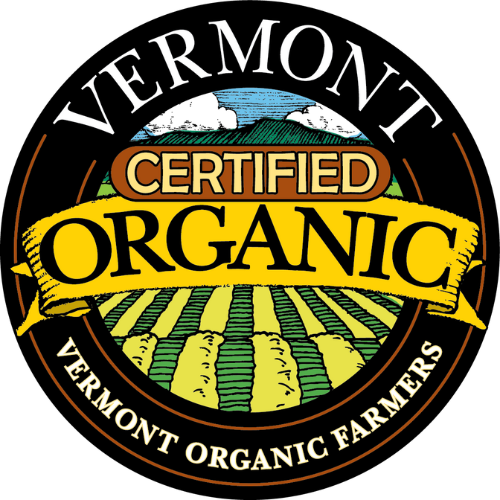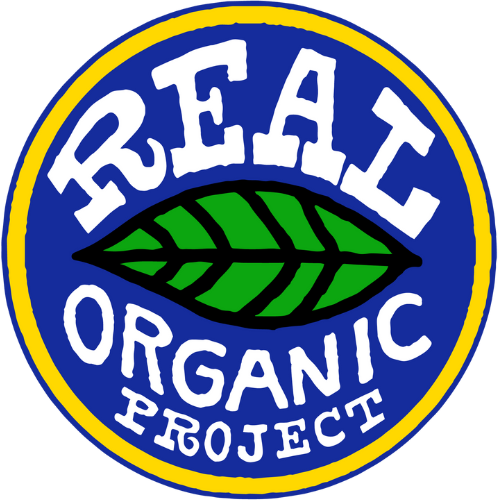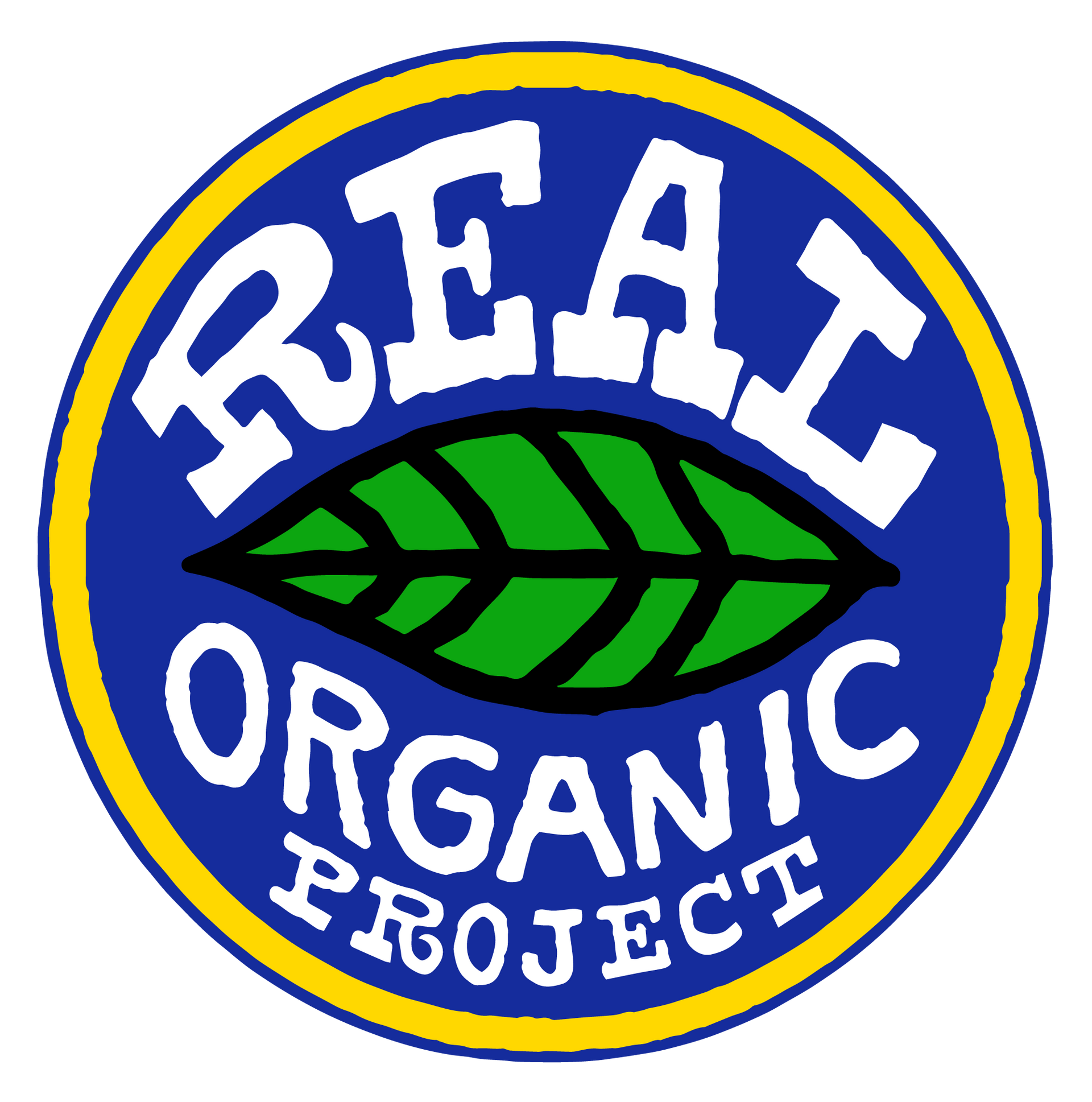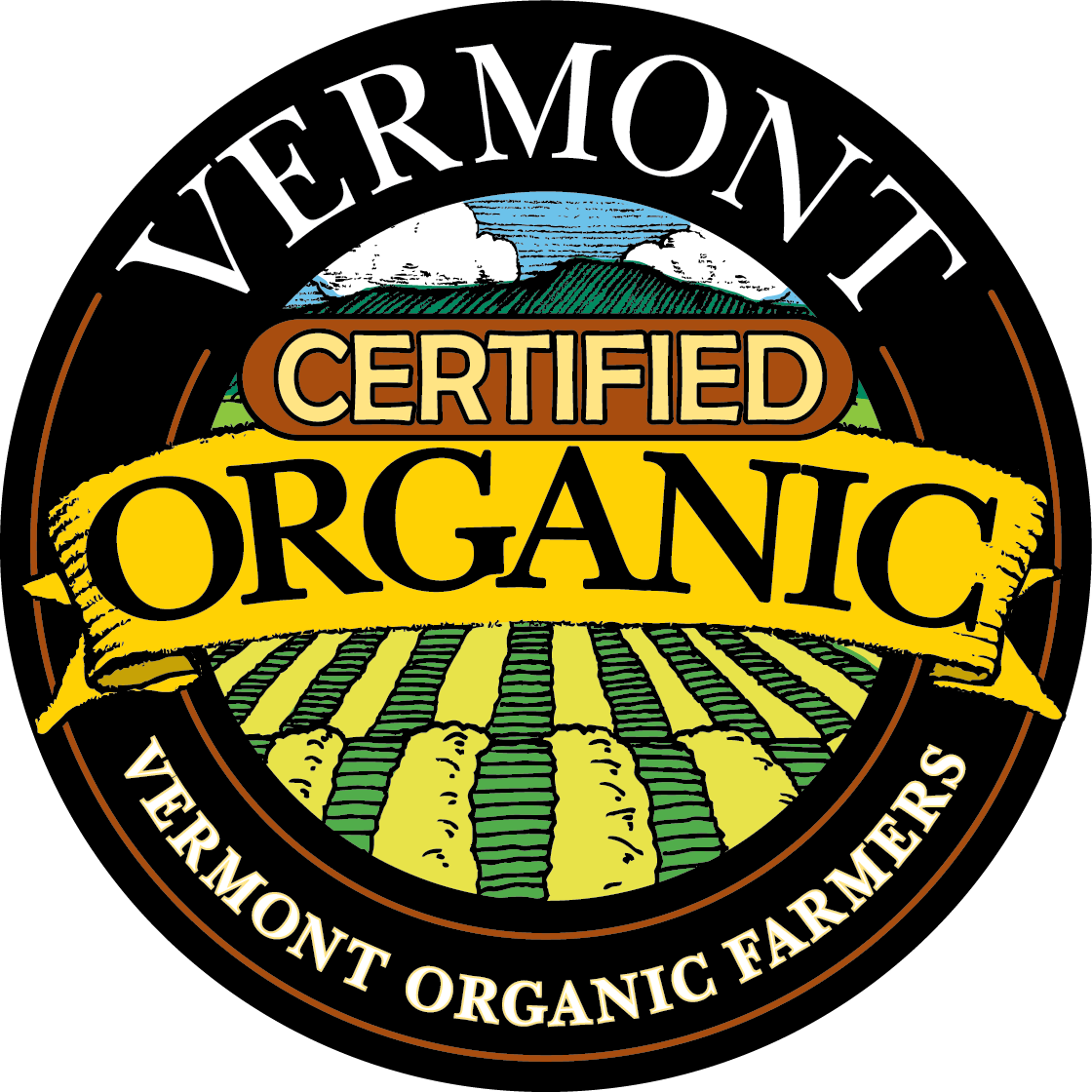Why Grassfed?
GRASSFED QUESTIONS AND ANSWERS
1. What is grassfed?
The American Grassfed Association defines grassfed products from ruminants, including cattle, bison, goats and sheep, as those food products from animals that have eaten nothing but their mother’s milk and fresh grass or grass-type hay from birth to harvest – all their lives. For grassfed non-ruminants, including pigs and poultry, grass is a significant part of their diets, but not the entirety of their diets, since these animals need to consume grains. Many products have been, and continue to be, marketed as “grassfed”, when grass is only a part of their diet. This lack of standardization on grassfed products is just one of the reasons the American Grassfed Assocation is pushing hard for strict U.S. Department of Agriculture guides on grassfed marketing claims.
2. What kinds of products are grassfed?
A: Virtually any air-breathing food animal can be raised partially or entirely on grass. The most common products are beef, bison, lamb, goat, pork, poultry, eggs and dairy (milk, butter and cheese).
3. What are the advantages of grassfed products?
A: Grassfed animal products have been shown to be higher in beta carotene (Vitamin A), conjugated linoleic acid (CLA), and Omega-3 fatty acids, which are important in reducing cholesterol, diabetes, cancer, high blood pressure and other life threatening diseases. These products are lower in fat, cholesterol and calories. In addition, the risk of infection by E. coli in these products in virtually eliminated.
4. What are the disadvantages of grassfed products?
A: A disadvantage for grassfed meat producers is that animals raised entirely on grass mature more slowly, lengthening the production time of grassfed products. A disadvantage for the consumer is that true grassfed products are not available in all the retail outlets, making it necessary for the consumer to find and purchase directly from a producer. Among the goals of the American Grassfed Assocation is to help consumers find grassfed products.
5. Where can I buy grassfed products?
A: Many consumers find it best to buy grassfed meats directly from the producer. Specialty grocery stores also carry them, and even mainstream supermarkets are beginning to carry these products. However, consumers need to be aware that there is not yet a standard for classifying a product as grassfed.
6. How can I be certain the product is truly grassfed?
A: For now, the best way to ensure that the product is truly grassfed is to talk with with the rancher or farmer who raised the animal. The American Grassfed Association is working to establish a legal definition of exactly what constitutes grassfed and to allow only the products meeting the criteria to be so labeled. In the very near future, consumers will be able to purchase products from certified American Grassfed Association producers, which will be identified with the American Grassfed Association’s trademarked marketing logo.
7. What is the American Grassfed Association?
A: Established in 2003, the American Association membership is comprised of producers of all types of grassfed livestock, professionals in education, health, food service and other related industries, and consumers. The goal of the association is to promote the grassfed industry through government relations, research, concept marketing and public education.
8. What are the activities of the American Grassfed Association?
A: The American Grassfed Association undertakes a wide variety of activities aimed at promoting the grassfed industry. Among its top priorities is working with the U.S. Department of Agriculture to establish a legal definition for grassfed, and to implement a labeling program that benefits producers to acquire a premium for products that meets the criteria, while providing a service to consumers wishing to buy grassfed products. The association, through distribution of news releases and media relations activities, communicates the value of grassfed products to associated industries and consumers. The association also provides a network within its membership to share information and market products.
9. Who may join the American Grassfed Association?
A: The American Grassfed Association is comprised of producers, professionals and health-minded consumers. Those interested in membership can click here for an application, or call 1-877-774-7277.
